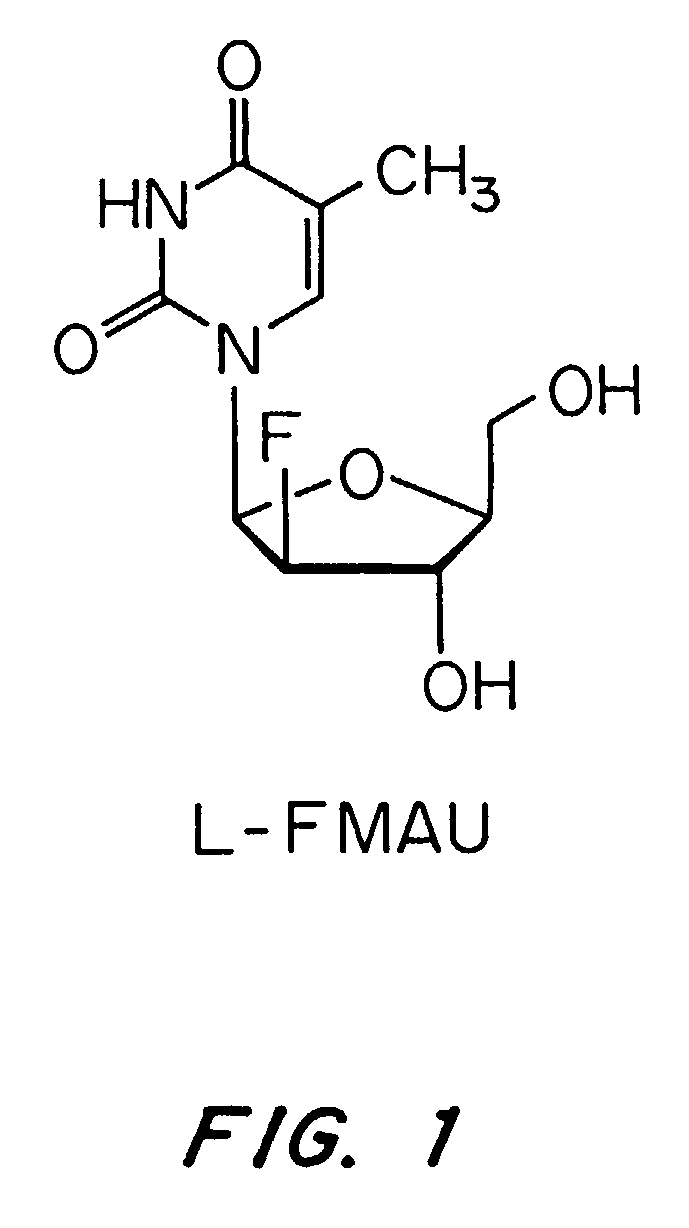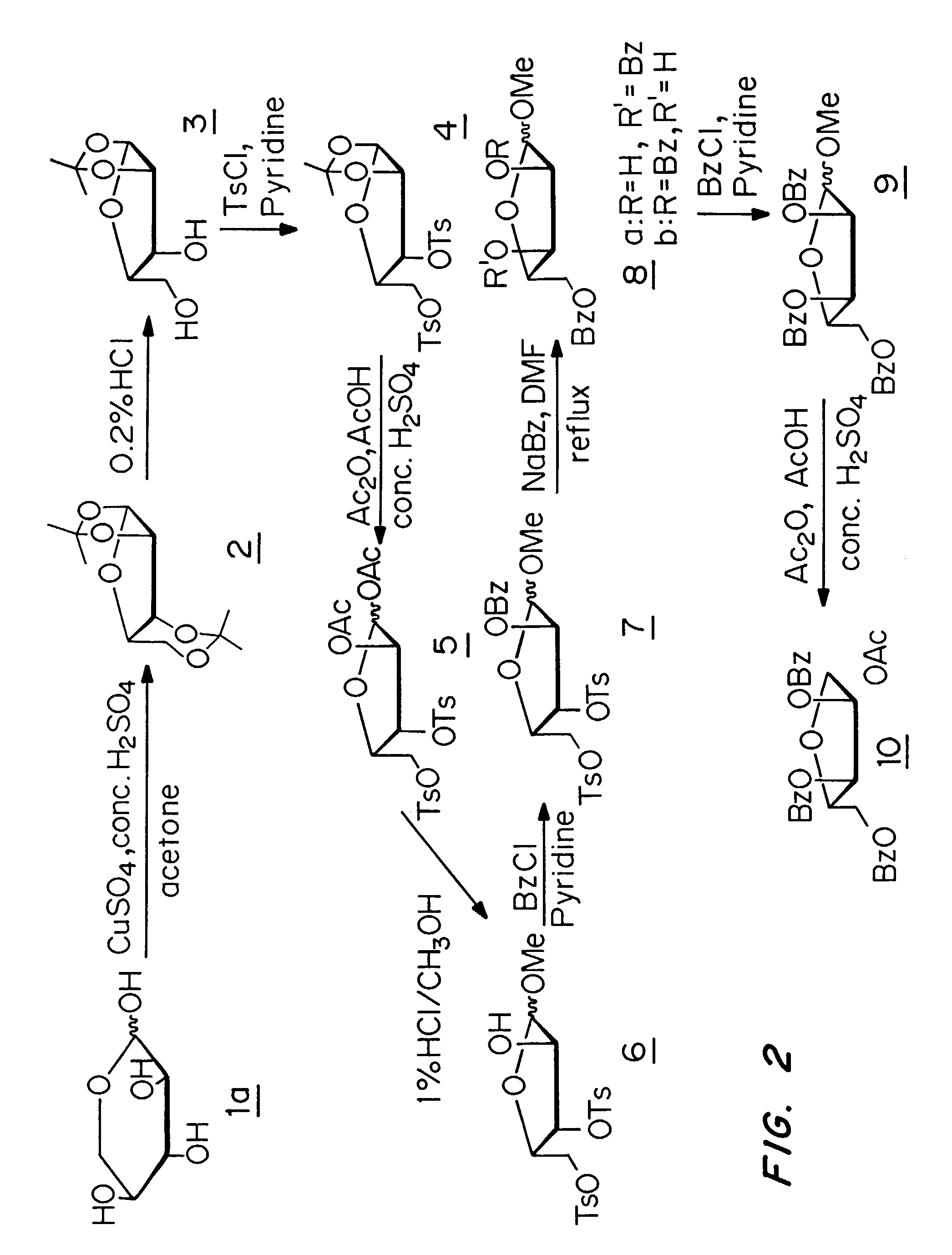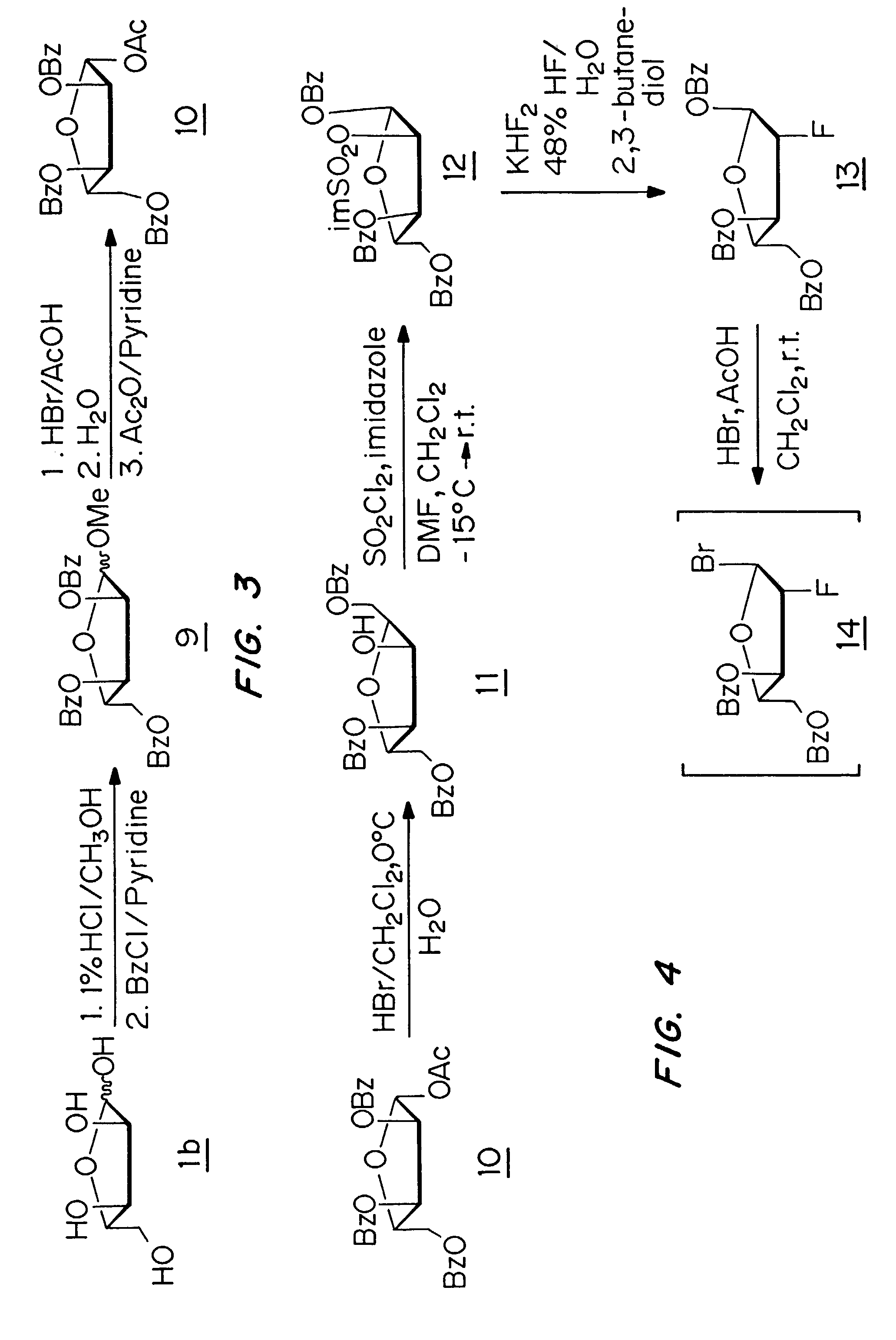Method of treating hepatitis delta virus infection
a technology treatment method, which is applied in the direction of phosphorous compound active ingredients, drug compositions, enzymology, etc., can solve the problems of no information on the degree of hbsag suppression needed to achieve the desired effect, and the effectiveness of nucleoside in the treatment of hepatitis delta virus, etc., to achieve the effect of reducing the level of hepatitis b surface antigen
- Summary
- Abstract
- Description
- Claims
- Application Information
AI Technical Summary
Benefits of technology
Problems solved by technology
Method used
Image
Examples
Embodiment Construction
[0052]The present invention is a method for the treatment of hepatitis delta virus (HDV) infection in a host, in particular a human, by administration of an effective amount of a nucleoside or nucleoside analog or a prodrug or a pharmaceutically acceptable salt thereof that provides a substantial and sustained reduction in the expression of hepatitis B surface antigen (HBsAg) or preS1 antigen. The unexpected failure of lamivudine, a compound known to suppress the replication of HBV, to lower HDV-RNA levels in patients demonstrates that the successful treatment of HBV does not necessarily correlate with a successful treatment of HDV. The present invention is based on the surprising discovery that compounds that provide a substantial and sustained reduction in the expression of hepatitis B surface antigen (HBsAg) or preS1 antigen, including L-FMAU, are potent inhibitors of HDV replication. L-FMAU is a particularly strong suppressor of hepatitis B surface antigen expression. This inven...
PUM
| Property | Measurement | Unit |
|---|---|---|
| temperature | aaaaa | aaaaa |
| temperature | aaaaa | aaaaa |
| temperature | aaaaa | aaaaa |
Abstract
Description
Claims
Application Information
 Login to View More
Login to View More - R&D
- Intellectual Property
- Life Sciences
- Materials
- Tech Scout
- Unparalleled Data Quality
- Higher Quality Content
- 60% Fewer Hallucinations
Browse by: Latest US Patents, China's latest patents, Technical Efficacy Thesaurus, Application Domain, Technology Topic, Popular Technical Reports.
© 2025 PatSnap. All rights reserved.Legal|Privacy policy|Modern Slavery Act Transparency Statement|Sitemap|About US| Contact US: help@patsnap.com



